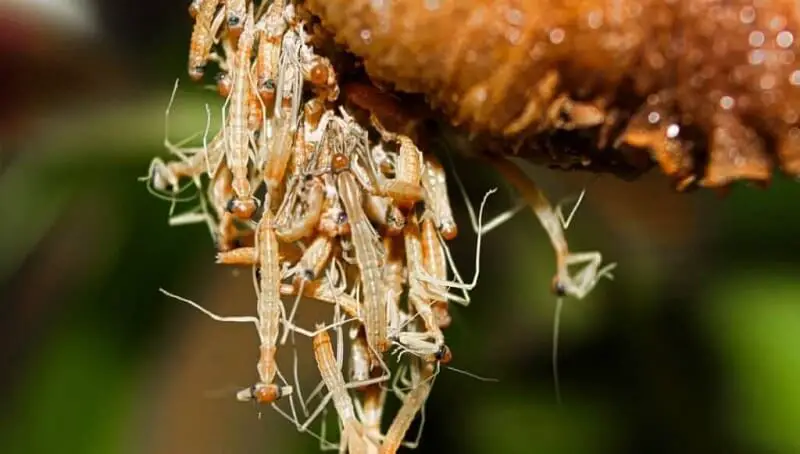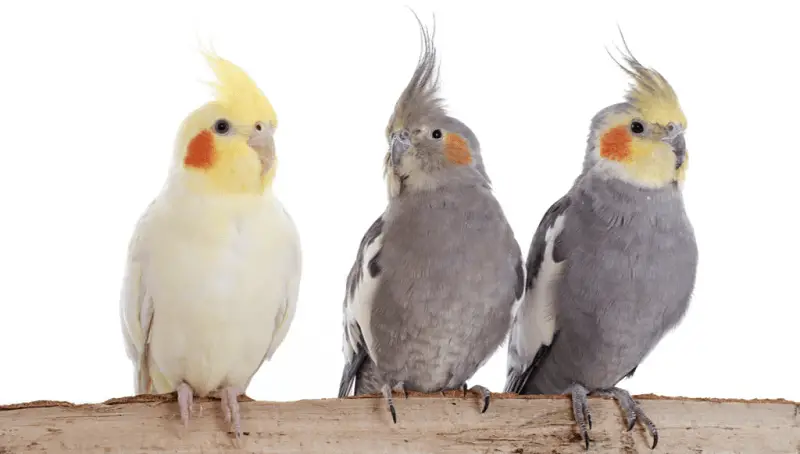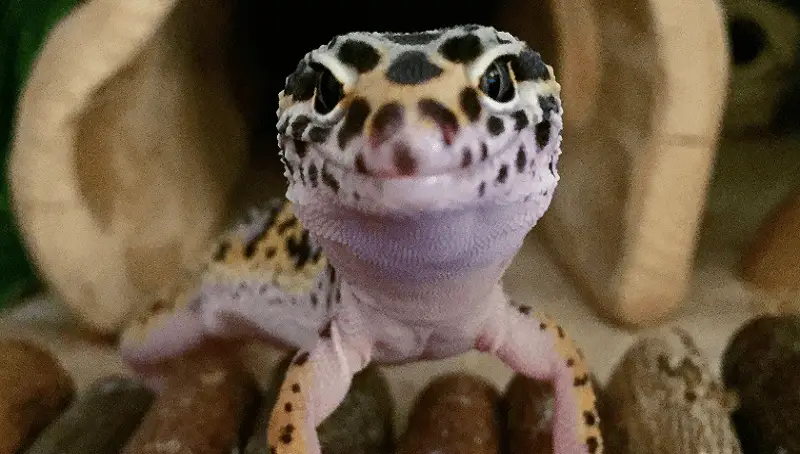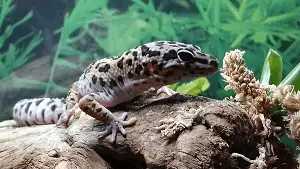
The Lifecycle of a Praying Mantis
May 8, 2022
Cockatiels and Basic Care for These Pets
May 9, 2022
Whether you just got a new leopard gecko pet or want to get one, you should have at least a general understanding of the expected life span of these creatures and how will proper care help the pet reach the higher range limit. Read the article below to understand more about Leopard Geckos in general and their lifespan in particular.
The leopard geckos are part of the Eublepharis genus. These are lizards that will usually live in the rocky and try areas of Afghanistan, India, and Pakistan. They have quickly become very popular pets all around the world, although their natural habitat isn’t as large as for other exotic pets, which makes them a little harder to come across.
As with most creatures, while in the wild, their average lifespan will depend on where the leopard gecko actually lives. In captivity, to ensure a long and healthy life for the pet, you should provide it with similar conditions to the ones found in the wild, so something to mimic the arid regions of Asia will be the best choice.
How Long Can Leopard Geckos Live?
The average life span of a leopard gecko is anywhere between 10 and 20 years. While in the wild, depending on how tough life is, they might reach the upper limit of this range, although most of them won’t get to celebrate their 15th birthday. In captivity though, if they receive proper care and all of their needs met, they will easily live between 15 and 20 years. There have even been cases of leopard geckos with a lifespan of up to 30 years while properly cared for in captivity.
You might also like my articles on the bearded dragon age, whether iguanas can eat bananas, and whether bearded dragons can eat banana peppers.
Proper Care
An adult gecko, depending on the species, will have a size of anywhere between 0.75 inches when talking about the dwarf gecko and 14 inches in the case of the Tokay gecko. The average size reached in adulthood will be 8 to 10 inches.
A pair of adult leopard geckos made of a female and a male will usually require a ten-gallon tank to be properly housed. It isn’t recommended usually to place two males into the same tank, as these are very territorial creatures and might fight and hurt each other. The gecko tank should have a substrate made from washed and shifting play sand. You should use proper, professional substrate if you are getting the tank ready for hatchlings of a leopard gecko.
The temperature required by this lizard will have to be anywhere between 29°C and 31°C in the daytime, and 22°C to 25°C at night. You can make sure the temperature is kept in check by getting a thermostat for the tank. You won’t necessarily have to get a UV light for a leopard gecko tank as these are nocturnal creatures, but one might help mimic its natural environmental conditions. If you don’t want to go for an electrical heater, an alternative that can still provide the necessary heat and lighting would be a 40 to 60 watt or infrared bulb. You can fix this at one end of the tank.
You will notice the leopard gecko moving from the cold area to the hot area and vice versa, as a way of keeping its body temperature in check. You should avoid placing the light bulk in the middle and go for a side of the tank so that you create a thermal gradient inside that the gecko can take advantage of. Keep in mind that keeping a proper body temperature could have a huge impact on the life span of this reptile and is something you should never ignore.
A weird fact is that the gender of the hatched gecko is influenced by the ambient temperature. If you’re going for a mixed litter, then you should opt for a temperature of around 84 to 87 degrees Fahrenheit. A temperature of 88 to 91 degrees Fahrenheit will lead to the hatching of mostly males, while a temperature at incubation between 78 and 83 degrees Fahrenheit will lead to mostly females hatching. Males are known to be a lot more colorful than females.
You should always place in the tank a small cardboard box or something else to create a dark hiding place for the gecko. If you go for a cardboard box, you should make a hole at its top through which the pet can get in. Inside the box, you should put some wet sand for a moist environment that would help the gecko shed its skin. If the gecko is unable to shed its skin properly, this can have an unwanted impact on its health.
Expected Health Problems
 There aren’t a lot of health issues to be concerned about when raising a leopard gecko, especially if you attend to its needs. Although this is a very strong lizard, there are some diseases and deficiencies that could still affect it.
There aren’t a lot of health issues to be concerned about when raising a leopard gecko, especially if you attend to its needs. Although this is a very strong lizard, there are some diseases and deficiencies that could still affect it.
Your gecko might be prone to developing a metabolic bone disease or a deficiency of vitamins. Other problems it might have to deal with are sand impaction, egg-binding, rotting mouth, or the loss of its tail. It can also suffer from more severe issues like diarrhea, gastroenteritis, anorexia, respiratory diseases, and some issues while trying to shed its skin. Regardless of the issue and how insignificant it might seem, it is always a good idea to talk to a vet and get treatment as soon as possible for your pet.
Its Food
The leopard gecko is considered an insectivorous creature. This means that the diet of a leopard gecko in the wild will be made 100% of insects, mainly small cockroaches, crickets, meal-worms, and fruit flies. While in captivity, you can feed a baby gecko with crickets and meal-worms but in smaller amounts. You can also supplement the food of your lizard with calcium supplements in either liquid form or as a powder. From a young age through adulthood this creature will shed its skin and eat it once a month. You shouldn’t stop it from performing this action as the skin is packed with nutrients and vitamins that are vital to the creature’s development. You should also refrain from discarding it when cleaning up the tank.
Conclusion
If you take proper care of your leopard gecko and give it a clean, welcoming environment, along with proper nutrition and care, the pet might live up to 20 years. If you have any other questions about these pets and their needs, leave a comment in the form below and I`ll make sure to answer as soon as possible.
